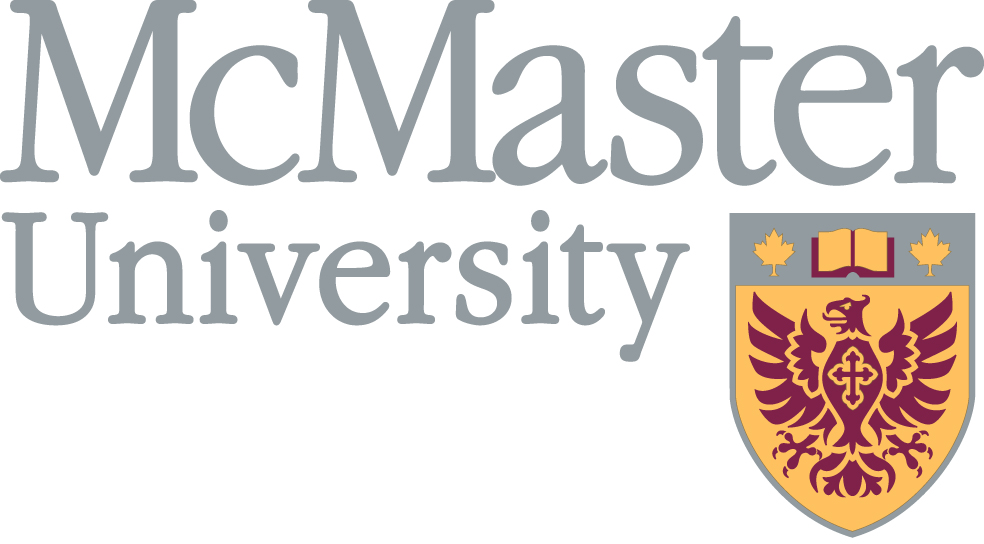Introduction to Cloud Computing
Description: Cloud computing is a general term that refers to services hosted over the Internet in an on-demand method. These services are similar to traditional public utilities such as water, electricity, or cable. In this course we will learn what Cloud Computing is. We will discuss the advantages and disadvantages of Cloud Computing as well as its architecture. A link between the Cloud Computing and Big Data will be given, and the implications to the industry sector and well as the academic one. We will also learn how to create an Instance using the Compute Canada (CC) Cloud and how to access it using the terminal. An introduction of what a Volume is, and why it is sometimes better to have one will be given. A brief introduction of OpenStack is necessary, since the CC Cloud uses OpenStack as its software platform. We will test the performance of our Instance or Volume by means of an MPI program. After this course, the attendees will be able to create their own virtual machines, initiate an inst ance for their particular needs.
Instructor: Jose Nandez, SHARCNET, Western University.
Prerequisites: Prior experience with the terminal/shell is required.
Notes: We encourage students to get their own CC Cloud Account. The way to do it is as follows:
1. Get a WestGrid Account at CCDB, navigate to "My Account" then "Apply for a consortium account" and then click the button beside WestGrid.
2. Once your WestGrid Account is ready, apply for a CC Cloud Account, you just need a username and email.



